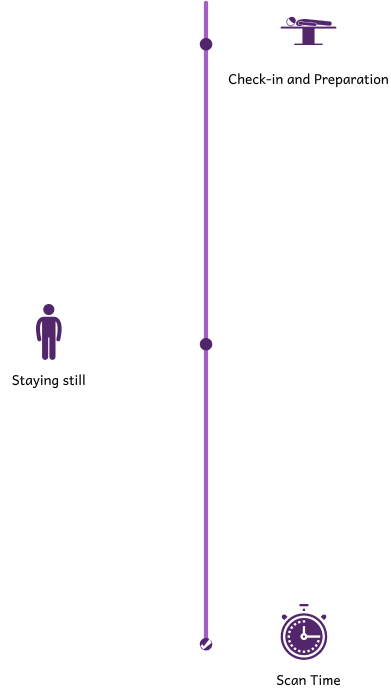Prices As Low As
₹1500
In recent years, cancer cases have been on the rise, affecting not only patients but also their families.
The good news is that early detection makes timely treatment possible, significantly reducing the challenges of living with the disease.
At the Koshikaa Screening Center, our cancer detection tests empower you to take charge of your health and stay strong in the fight against cancer.
At Koshikaa Screening Centre, cancer diagnostics is a specialized service that detects and monitors cancer at any stage.
An advanced imaging technique that combines different technologies to give you accurate and timely detection of any signs of cancer.






What is the cost of Cancer Detection Tests in Bangalore?
PET CT is the integration of positron emission tomography and computed tomography that produces images of tissues’ metabolism.
Tumors which consume more glucose than normal cells light up on these scans thus pointing out the presence of cancer cells. This supports the identification of tumors and determines activity of the tumor to enable physicians to treat affected individuals effectively.
Mammography is a special type of X-ray that is designed exclusively for examination of breast tissues. It examines abnormalities in the breast tissue, including lumps of tissue and calcium deposits.
Studying these images, radiologists can early diagnose breast cancer and therefore increase the likelihood of the disease’s effective treatment.
An ultrasound scan uses sound to take pictures inside the body of the patient being examined. It images anatomical structure with anabnormal shadows or contents suggestive of tumors to assist doctors.
The method is useful when studying organs such as the liver and kidneys, to diagnose cancer as soon as possible.
Based on using X-rays, a CT scan is able to generate a picture of the body in the form of cross-sections. Because it uses multiple views, the extent of tumor or other abnormal growths can be well illustrated.
Radiologists also look for the density and size and these areas in order to detect cancer and also to enable the physicians to make the right decision in addressing the issue.
Utilizing Cancer Detection Tests in Bangalore enables effective visualization of various structures and conditions within the body,

Breast

Blood

Cervical

Colon

Lung

Skin

Prostate
I was thoroughly impressed with my spine CT scan here. The staff was friendly, the technician skilled, and results were promptly provided with clear explanations
Koshikaa for abdominal CT surpassed my expectations. The staff was professional and caring, the technician thorough, and the facility clean and comfortable. Highly recommended.
My pelvic CT scan experience here was seamless. The knowledgeable technician answered all my questions, and results were promptly delivered with follow up to ensure understanding.


Bone X-rays are essential for diagnosing fractures and assessing bone alignment, aiding doctors in developing treatment plans and monitoring healing progress. They provide detailed images of the skeletal system, helping identify abnormalities or injuries that may not be visible through other imaging techniques